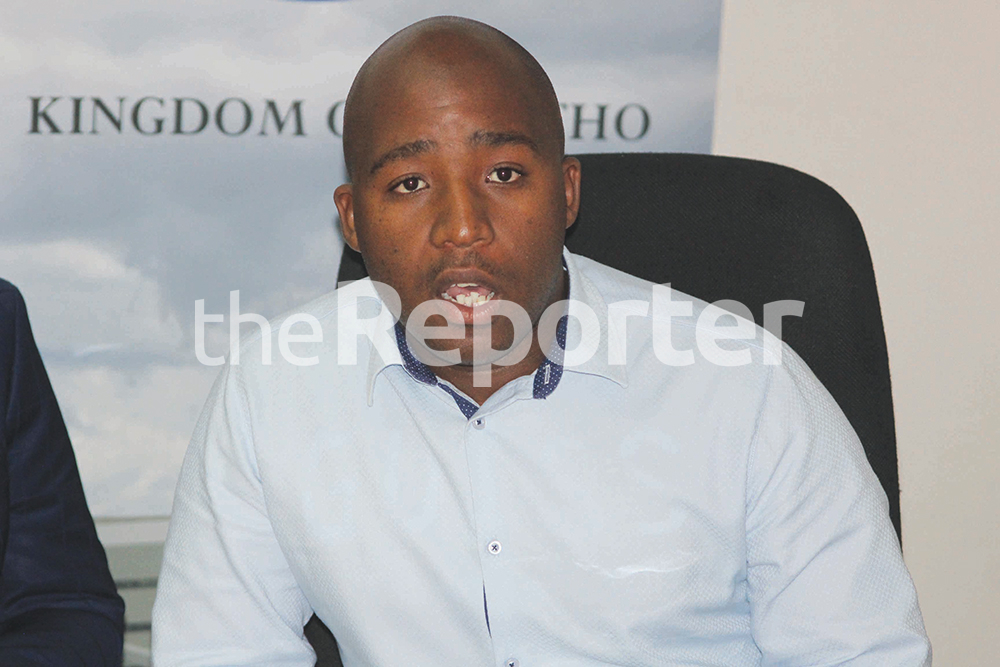In an interest turn of events, the Commissioner of Mines says the amount of uranium deposits in Lesotho is too small to warrant any exploration and/or eventual largescale mining.
This is in contrast to sentiments expressed by the ministry’s department of geological survey last year, which confirmed the existence of deposits of the prized mineral in Lesotho, but said further studies need to be conducted before full scale mining and investment can be considered.
“There is no uranium in Lesotho. What was found was a frequency radiation suggesting the presence of uranium deposits during tests that were conducted in the 1980s. No other follow up studies have been done since then.
“However, there is nothing tangible to work on. Maybe further studies still need to be done,” Pheello Tjatja said in an interview yesterday.
The occurrence of uranium in Lesotho was first recorded by a United Nations Exploration for Minerals Project in 1974.
This was confirmed by the director of department of geological survey, Ngakane Ngakane, in May 2019, when he indicated that details of whether these surface indications are a primary accumulation and are commercially viable need to be resolved by drilling to investigate grades and persistence of mineralization in depth before inviting investors to undertake extraction.
“Minor showings and spot anomalies of uranium occur in all variants of the Clarens Formation sedimentary rocks, but mainly in sandstone. However, major prospects are concentrated in a zone at the boundary between Elliot and Molteno Formations, mostly found at Machache in Maseru and Kolo in Mafeteng, respectively.”
Sandstone is a sedimentary rock composed of sand-size grains of mineral, rock, or organic material, which also contains a cementing material that binds the sand grains together and may contain a matrix of silt- or clay-size particles that occupy the spaces between the sand grains. “Such stone is mined for construction purposes at Lekokoaneng in Berea. The Clarens Formation sandstone is characterized by an off-white to cream color.
“Uranium in Lesotho, like elsewhere in the Karoo Super group of Southern Africa occurs in sedimentary formations. Geological considerations meet the favorability criteria for accumulation of sedimentary type deposits. In Southern Africa, uranium mineralization is known in the Karoo rocks in Zambia, Botswana, Malawi, South Africa among other countries,” Ngakane told theReporter last year
The only limiting factor for the accumulation of large deposits, Ngakane said, could be the rarity of thick host sandstone beds. In New Mexico, for example, most are in sandstone greater than 30 metres thick. The ideal sandstone thickness should be at least greater than 15 metres. In Lesotho, sandstone units thicker than 15 metres are not common.
“However, it is no all doom and gloom. We need a drilling programme to determine the feasibility of exploring and/or extracting the mineral. How and when all this will happen will be determined by our budgetary allocation.
“For now we only rely on government allocations. But we are still encouraging private companies to invest in uranium exploration. Otherwise we do not see ourselves venturing into the exercise anytime soon.” he said.
Although uranium is commonly known for its military use – powering nuclear bombs – it does have several civilian uses such as power generation. Many developed countries in the world today use nuclear power for electricity supply in their respective countries.
Lesotho does not possess nuclear weapons, but is recognised as a non-nuclear weapon state by virtue of being a state party to the Treaty on the Non-proliferation of Nuclear Weapons since 1970.
This is an international treaty whose objective is to prevent the spread of nuclear weapons and weapons technology, to promote cooperation in the peaceful uses of nuclear energy, and to further the goal of achieving nuclear disarmament and general and complete disarmament.









